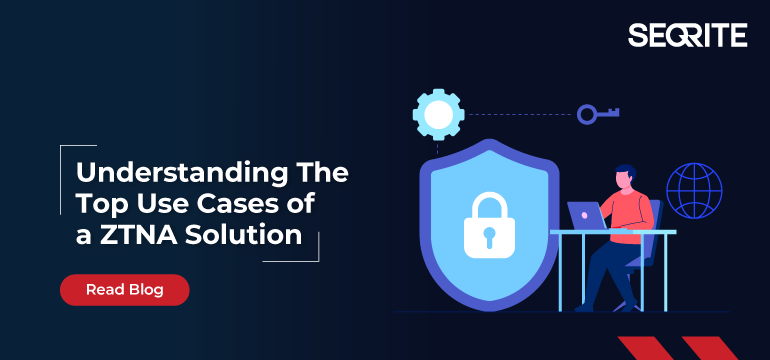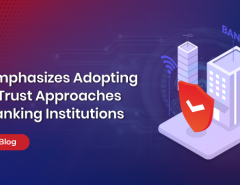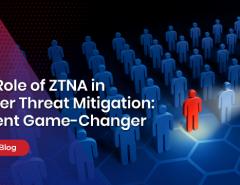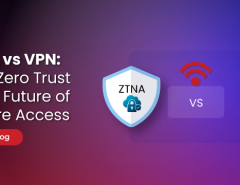As organizations navigate the evolving threat landscape, traditional security models like VPNs and legacy access solutions are proving insufficient. Zero Trust Network Access (ZTNA) has emerged as a modern alternative that enhances security while improving user experience. Let’s explore some key use cases where ZTNA delivers significant value.
Leveraging ZTNA as a VPN Alternative
Virtual Private Networks (VPNs) have long been the go-to solution for secure remote access. However, they come with inherent challenges, such as excessive trust, lateral movement risks, and performance bottlenecks. ZTNA eliminates these issues by enforcing a least privilege access model, verifying every user and device before granting access to specific applications rather than entire networks. This approach minimizes attack surfaces and reduces the risk of breaches.
ZTNA for Remote and Hybrid Workforce
With the rise of remote and hybrid work, employees require seamless and secure access to corporate resources from anywhere. ZTNA ensures secure, identity-based access without relying on traditional perimeter defenses. By continuously validating users and devices, ZTNA provides a better security posture while offering faster, more reliable connectivity than conventional VPNs. Cloud-native ZTNA solutions can dynamically adapt to user locations, reducing latency and enhancing productivity.
Securing BYOD Using ZTNA
Bring Your Own Device (BYOD) policies introduce security risks due to the varied nature of personal devices connecting to corporate networks. ZTNA secures these endpoints by enforcing device posture assessments, ensuring that only compliant devices can access sensitive applications. Unlike VPNs, which expose entire networks, ZTNA grants granular access based on identity and device trust, significantly reducing the attack surface posed by unmanaged endpoints.
Replacing Legacy VDI
Virtual Desktop Infrastructure (VDI) has traditionally provided secure remote access. However, VDIs can be complex to manage, require significant resources, and often introduce performance challenges. ZTNA offers a lighter, more efficient alternative by providing direct, controlled access to applications without needing a full virtual desktop environment. This improves user experience, simplifies IT operations, and reduces costs.
Secure Access to Vendors and Partners
Third-party vendors and partners often require access to corporate applications, but providing them with excessive permission can lead to security vulnerabilities. Zero Trust Network Access enables secure, policy-driven access for external users without exposing internal networks. By implementing identity-based controls and continuous monitoring, organizations can ensure that external users only access what they need when they need it, reducing potential risks from supply chain attacks.
Conclusion
ZTNA is revolutionizing secure access by addressing the limitations of traditional VPNs and legacy security models. Whether securing remote workers, BYOD environments, or third-party access, ZTNA provides a scalable, flexible, and security-first approach. As cyber threats evolve, adopting ZTNA is a crucial step toward a Zero Trust architecture, ensuring robust protection without compromising user experience.
Is your organization ready to embrace Zero Trust Network Access? Now is the time for a more secure, efficient, and scalable access solution. Contact us or visit our website for more information.




